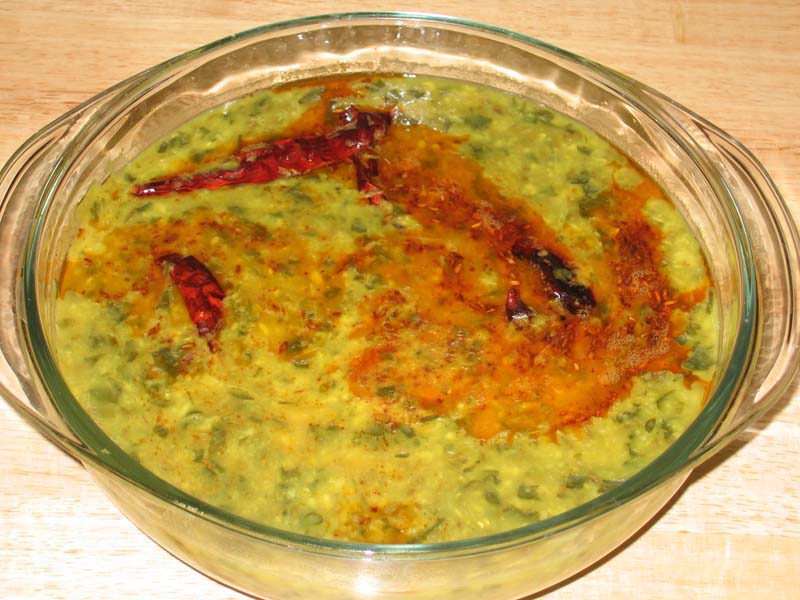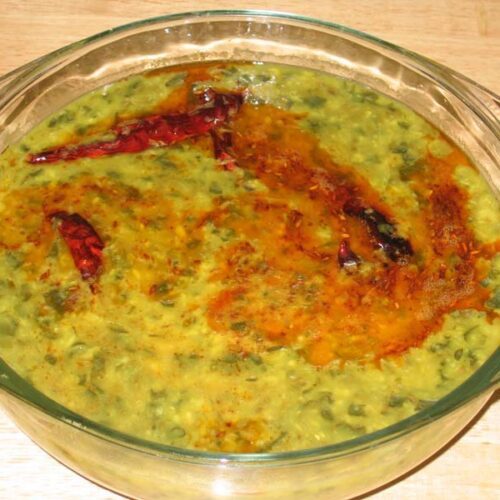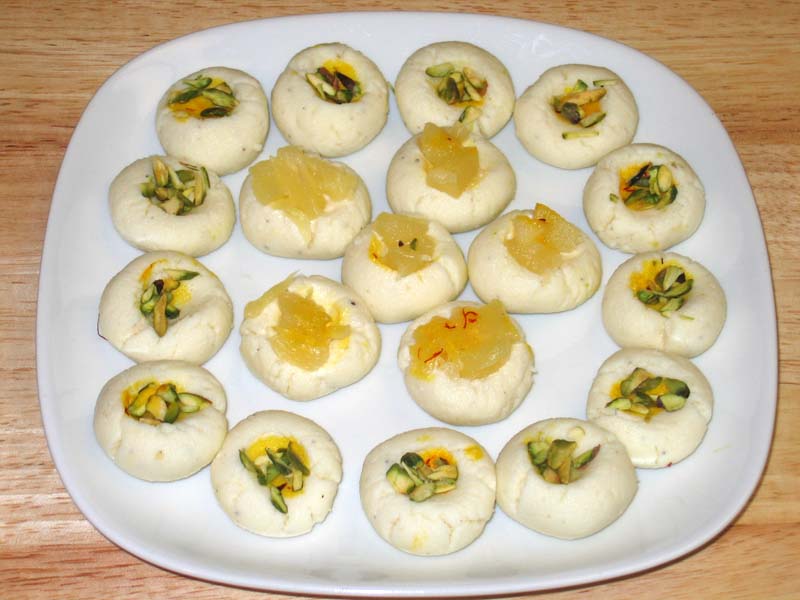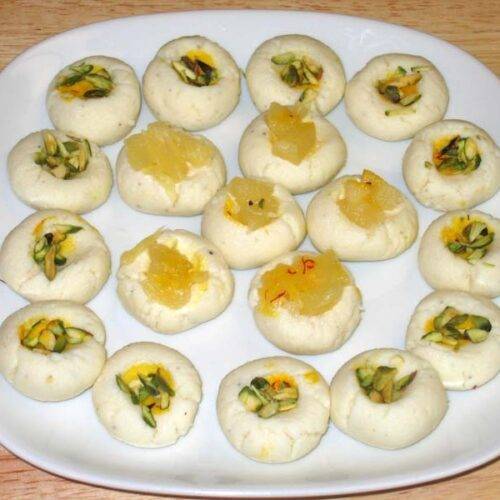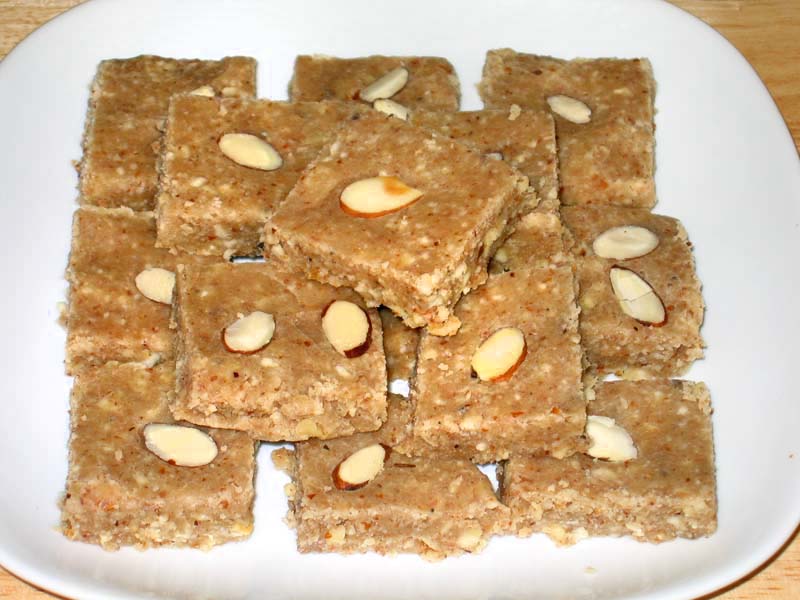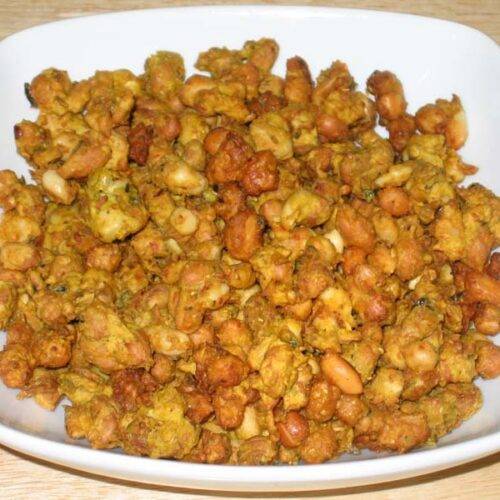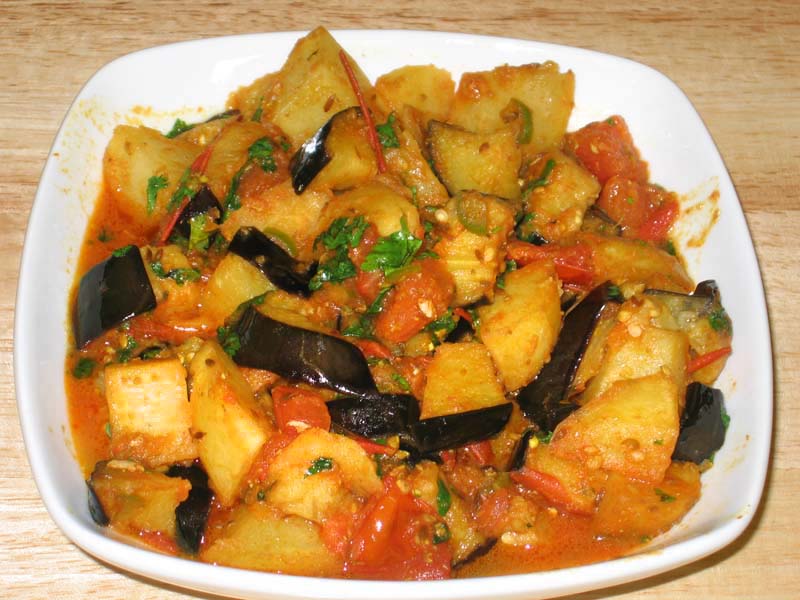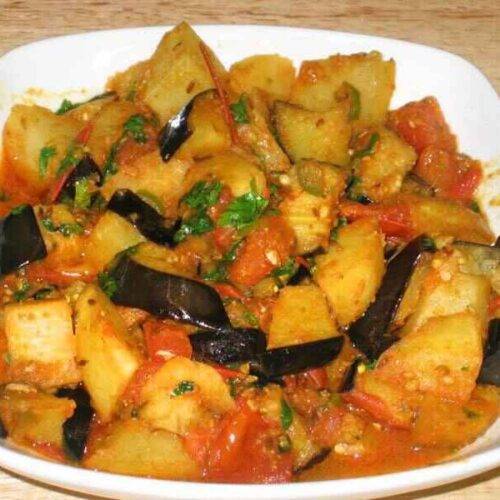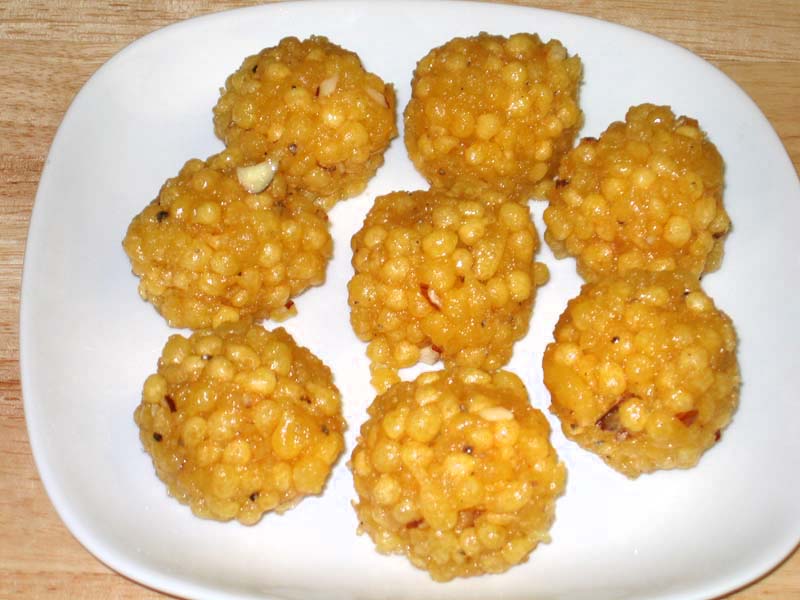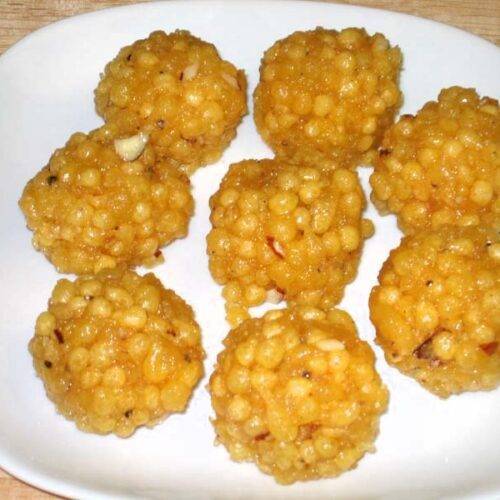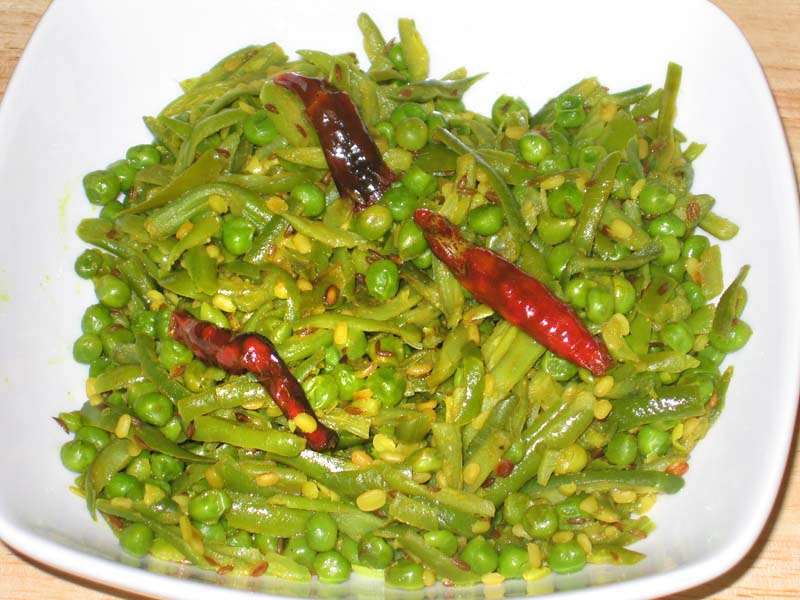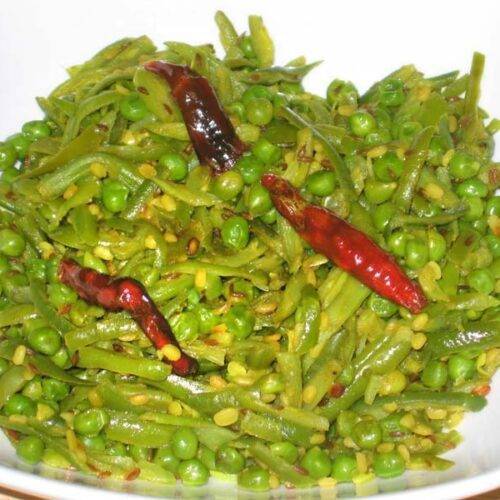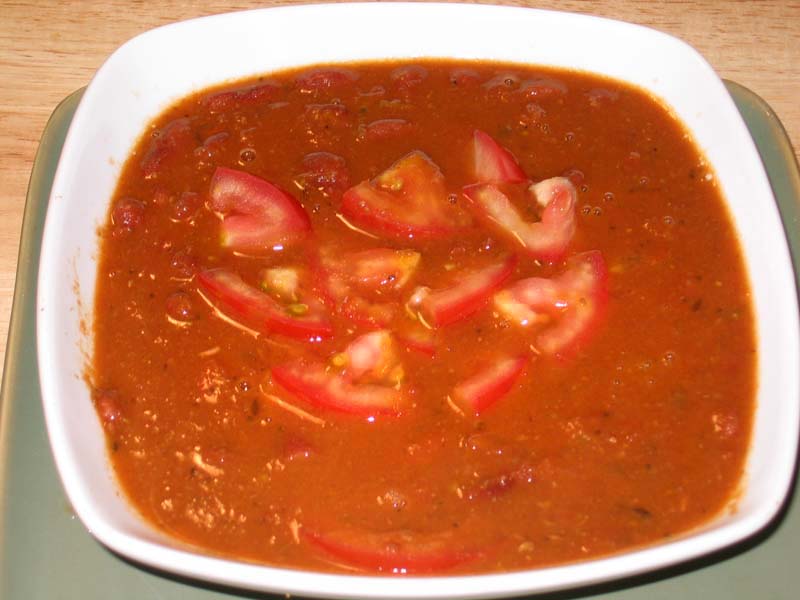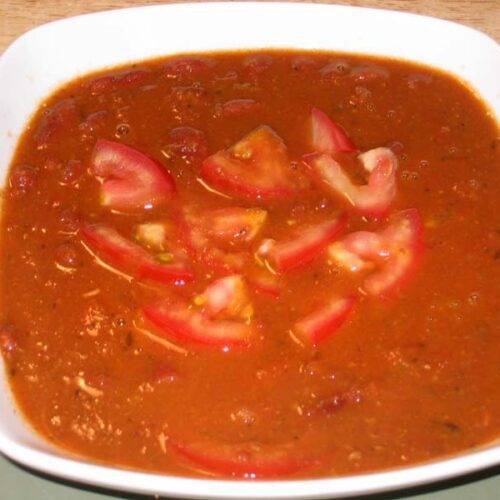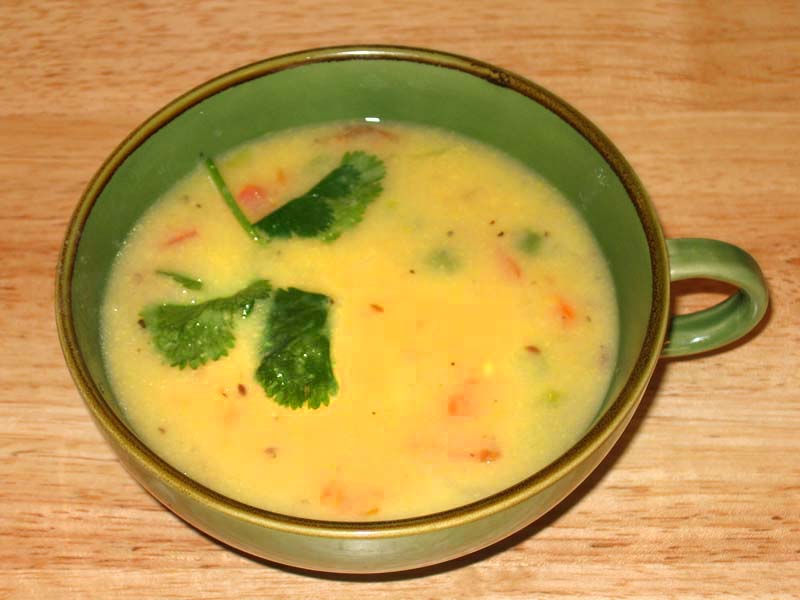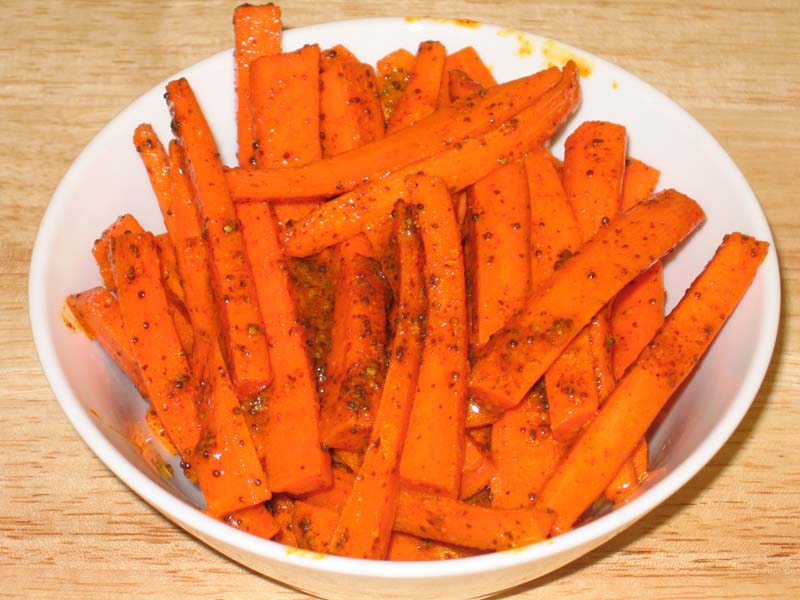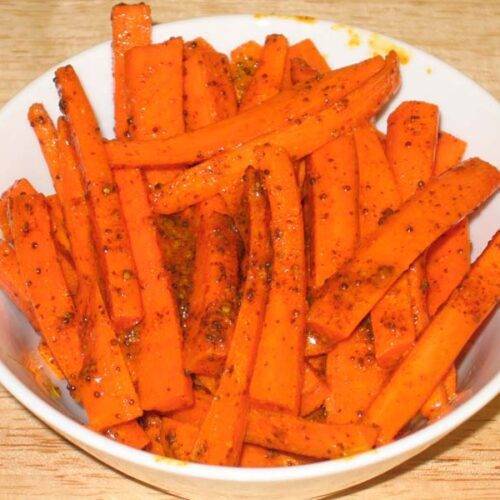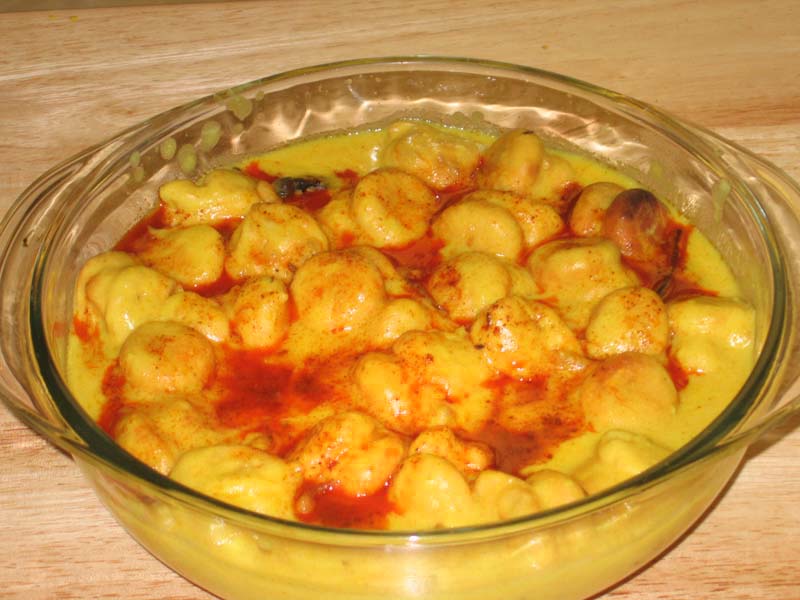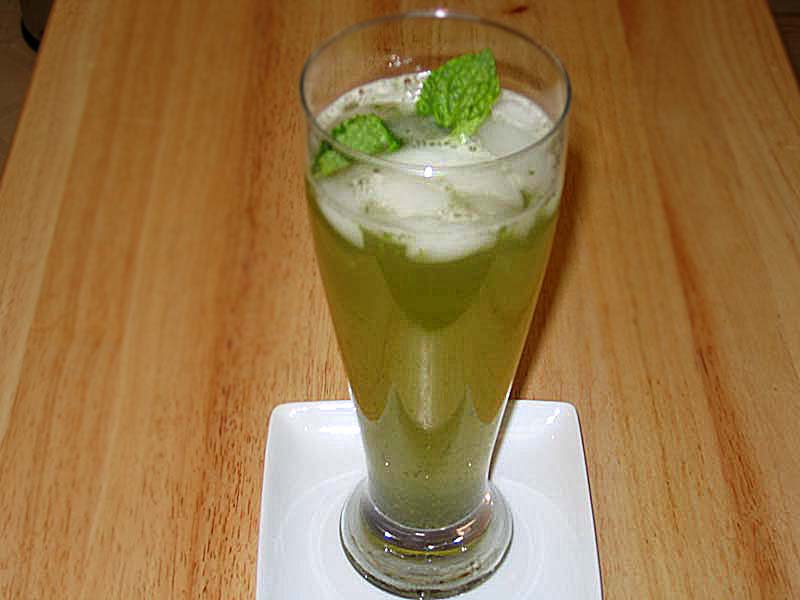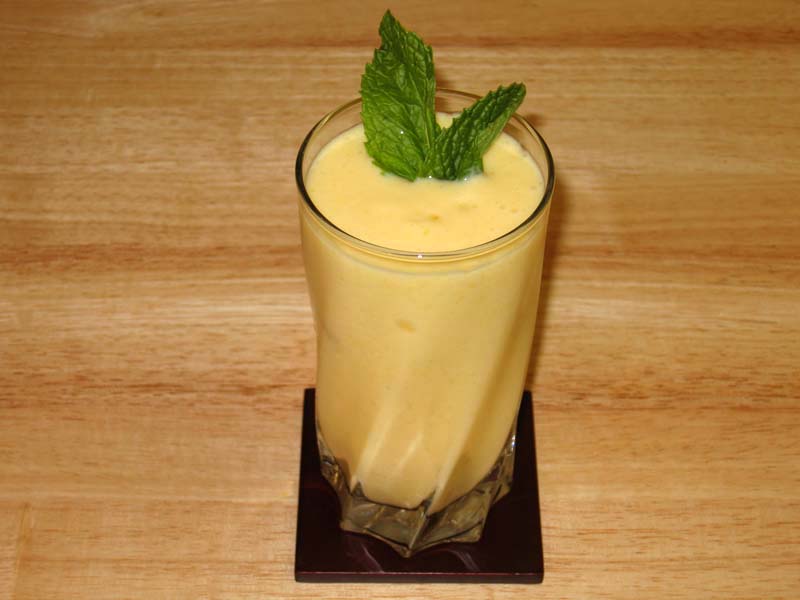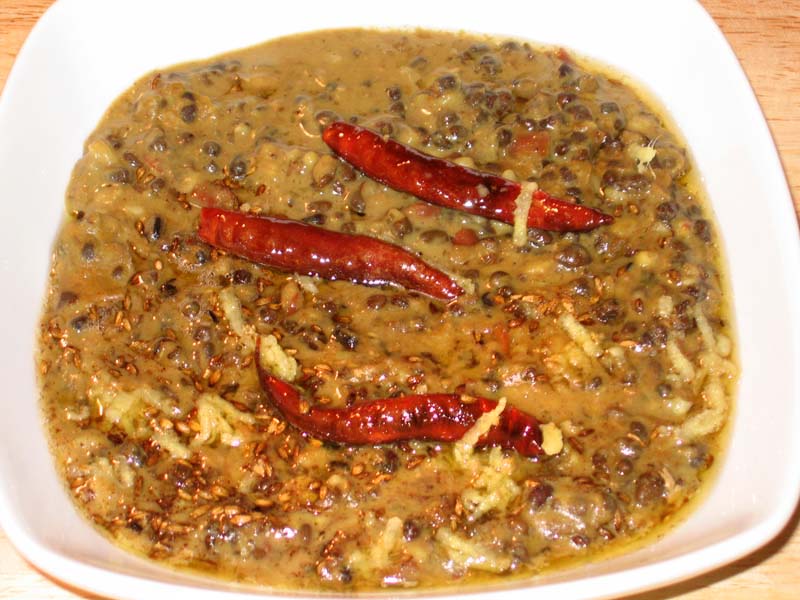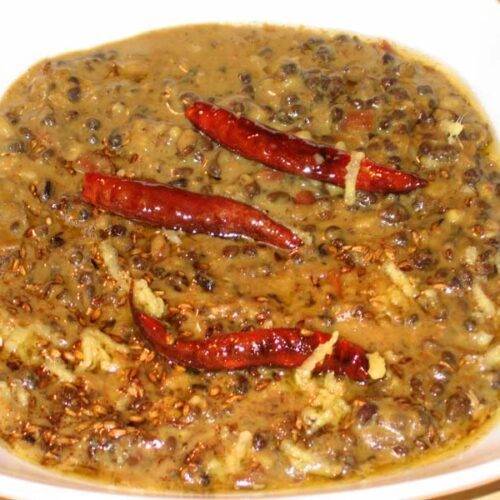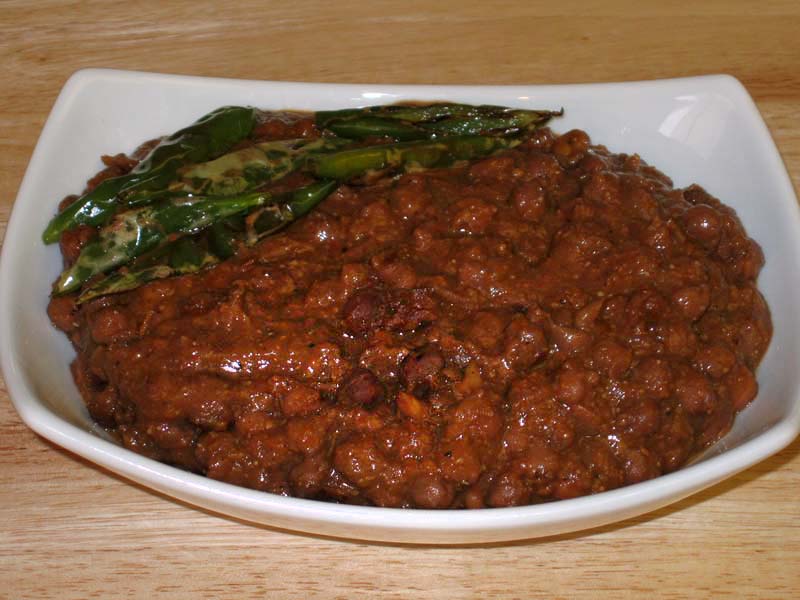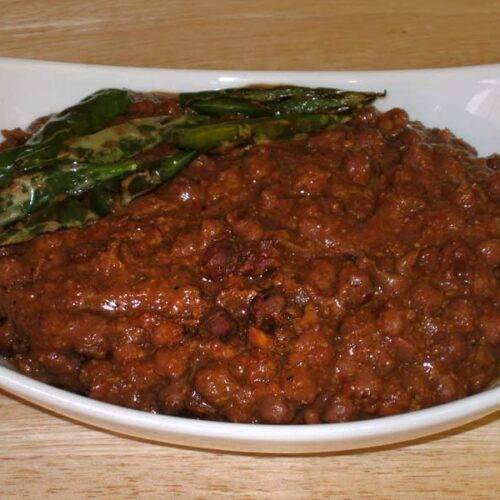Moong dal with spinach
Ingredients
- 1 cup moong dal with skin
- 2 cup chopped spinach
- 1 tsp shredded ginger
- ½ tsp turmeric
- 1 ½ tsp salt adjust to taste
- 4 cups water
- ¼ tsp garam masala
- ½ tsp lemon juice adjust to your taste
Chaunk (seasoning):
- 2 Tbsp clarified butter ghee
- ½ tsp cumin seed Jeera
- Pinch asafetida hing
- 4 whole red chilies
- ¼ tsp cayenne pepper
Instructions
- Wash dal changing water several times till water becomes clear.
- In pressure cooker put dal, spinach, ginger, turmeric, salt and water and close the cooker.
- Cook over medium high till dal comes to boil.
- Now reduce the heat to medium and let it boil for about seven minutes.
- Close the heat and let the steam escape before you open the pressure cooker.
- Adjust the consistency of dal to your desire taste, adding boiled water as needed and mix it.
- Add lemon juice, and garam masala.
Chaunk (seasoning):
- For seasoning or chaunk heat the ghee in small saucepan, add cumin seed wait until cumin seed cracks now add asafetida, and whole red chili.
- Stir for few seconds and add cayenne pepper close the heat and pour over dal.
This wholesome and comforting dish is a staple in Indian cuisine, packed with protein, fiber, and essential vitamins and minerals. In this Palak Dal Recipe, we’ll show you how to make Moong Dal with Spinach step by step, so you can enjoy its deliciousness and health benefits.
Step 1: Preparation of Ingredients:
Begin by gathering all the necessary ingredients for making Moong Dal with Spinach. Rinse the moong dal under cold water and soak it for about 30 minutes to soften. Meanwhile, wash the spinach leaves thoroughly and chop them finely. tomatoes and ginger to prepare the flavor base for the dal. Having all the ingredients prepped and ready will streamline the cooking process.
Step 2: Cooking the Moong Dal:
In a pressure cooker or a pot, add the soaked moong dal along with water, turmeric, and salt. Pressure cook or simmer until the dal is soft and cooked through. Cooking the dal separately ensures that it’s tender and retains its shape when combined with the spinach later. Once the dal is cooked, set it aside while we prepare the spinach.
Step 3: Sauteing Aromatics:
In a separate pan, heat oil or ghee over medium heat. Add cumin seeds and let them splutter. Next, add minced ginger, and cook until fragrant. The aroma of these spices will form the flavorful base of the Moong Dal with Spinach.
Step 4: Adding Spinach:
Once the aromatics are sautéed, it’s time to add the chopped spinach to the pan. Stir well to coat the spinach leaves with the aromatic spices. Cook the spinach for a few minutes until it starts to wilt and shrink in volume. The gentle cooking process allows the spinach to retain its vibrant green color and nutrients.
Step 5: Combining with Moong Dal:
Now, add the cooked moong dal to the pan with the spinach and spices. Stir gently to combine all the ingredients. Allow the mixture to simmer for a few more minutes, allowing the flavors to meld together and the spinach to fully cook down. Adjust the seasoning with salt and add a pinch of garam masala for extra flavor if desired.
Step 6: Finishing Touches:
Before serving, garnish the Moong Dal with Spinach with freshly chopped cilantro leaves for a burst of freshness and color. You can also squeeze a bit of lemon juice over the dal to enhance its flavor. Serve the dal hot with rice, roti, or naan for a wholesome and satisfying meal.
Tips for Making Perfect Moong Dal with Spinach:
Soak Moong Dal: Soaking the moong dal beforehand helps reduce cooking time and ensures that it cooks evenly.
Use Fresh Spinach: Fresh spinach works best in this Palak Dal Recipe as it adds a vibrant green color and a tender texture to the dal.
Adjust Spice Level: Customize the spice level according to your preference by adjusting the amount of red chili powder or green chilies used.
Variations of Moong Dal with Spinach:
Creamy Moong Dal with Spinach: Stir in some coconut milk or cream for a creamy and indulgent version of the dish.
Spicy Moong Dal with Spinach: Add extra green chilies or a pinch of cayenne pepper for a spicier kick.
Moong Dal with Spinach and Tomatoes: Add diced tomatoes along with the spinach for a tangy twist to the dish.
Frequently Asked Questions (FAQs) about Moong Dal with Spinach:
Q: Can I use other lentils instead of moong dal?
A: Yes, you can use other lentils such as masoor dal or Toor dal if you prefer. Keep in mind that cooking times may vary.
Q: Can I make Moong Dal with Spinach ahead of time?
A: Yes, Moong Dal with Spinach can be made ahead of time and stored in the refrigerator for up to 3 days. Reheat gently on the stovetop before serving.
Q: Is Moong Dal with Spinach gluten-free?
A: Yes, Moong Dal with Spinach is naturally gluten-free, making it suitable for those with gluten intolerance or celiac disease.
What is moong dal?
Moong dal, also called mung dal, are tiny, yellow lentils that are hulled and split. They are a staple ingredient in Indian cuisine.
What does moong dal taste like?
Moong dal has a mild, nutty flavor and a delicate, slightly creamy texture when cooked.
Is moong dal easy to digest?
Yes, moong dal is generally considered one of the easiest lentils to digest. This makes it a great choice for people with sensitive stomachs.
Is moong dal healthy?
Moong dal is a nutritional powerhouse! It’s rich in protein, fiber, vitamins, and minerals. It’s also low in fat and cholesterol.
How can I cook moong dal?
Moong dal cooks quickly and easily. You can simply boil it with water or broth until tender. It’s also commonly pressure cooked for even faster preparation.
How do I use moong dal?
Moong dal is incredibly versatile. It’s used in soups, stews, dals (of course!), salads, and even sprouted for use in stir-fries or eaten raw.
Are there any benefits to sprouted moong dal?
Sprouted moong dal is believed to be even more nutritious than regular moong dal, as sprouting increases the availability of certain vitamins and minerals.
Does moong dal contain gluten?
No, moong dal is naturally gluten-free.
For more delicious Indian recipes, check out Manjula’s Kitchen: Chole Bhature, Naan, Paneer Tikka Masala, Aloo Paratha, Vegetable Biryani.

